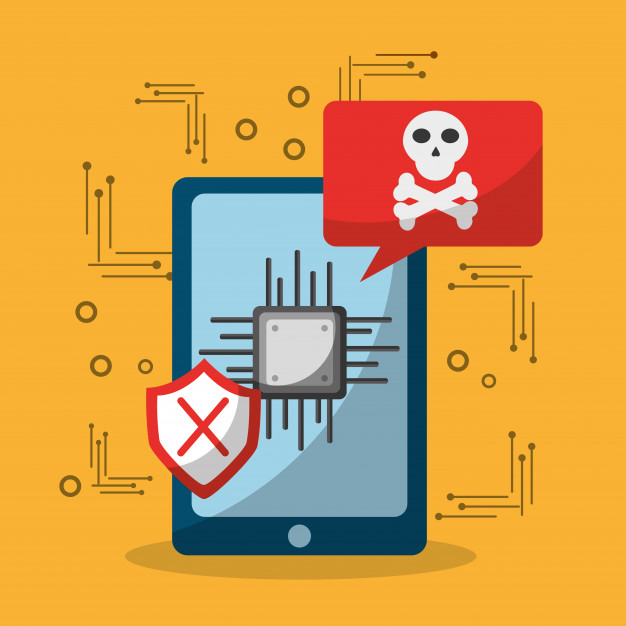Sadly, it is useful to know how to find malicious code on websites. If you ever need to go through the exercise, however, you will quickly discover why it is so much better to stop hackers from putting malicious code on your website in the first place.
How to find malicious code on website
In theory, if you implement robust security, you should never need to concern yourself about how to find malicious code on websites. In practice, robust security will do a lot to reduce your chances of being hacked, especially if you are an SMB. It cannot, however, provide a 100% guarantee of protection. This means that it is a good idea to know what to do if your website is hacked and that means knowing how to find malicious code on your website.
Deal with any obvious malware first
Malware and malicious code are essentially variations on a theme. Malware is malicious code, but it’s malicious code which is used repeatedly with little to no variation. That’s essentially how anti-malware programs detect it. If, however, a hacker has created malicious code specifically for your website, then a regular anti-malware program may not be able to detect it.
That said, anti-malware protection is a must both for websites and for the devices used to access them, especially from the back-end. In fact, if either websites or local devices wind up being hacked, it’s often because they didn’t have robust anti-malware protection.

This means that if your website is hacked, you should make it a top priority to invest in a website malware scanner for your website. Different products will have different features but the core of any reputable website vulnerability scanner will be an anti-malware scanner and a website applications firewall.
If you haven’t already, you should also make it a top priority to invest in a robust anti-malware product (with an integrated firewall) for any computers and mobile devices you use. There’s no point in going to great lengths to secure your website from hackers if they can just hack your computers to get your administrator login details.
Cleaning up custom code
Once you’ve eliminated any known malware, it’s time to turn your attention to cleaning up custom malicious code. If you have a small website, you might get away with just restoring from your last backup. If, however, you have a larger website, this is risky.
When small websites are hacked, the fact tends to become very obvious very quickly. Basically, hackers have limited places to hide. As your website grows in size, it becomes easier for hackers to infiltrate it one step at a time. This means that, over time, your backup may become infected with malicious code.
If you’re going for a manual clean up, there are basically two ways you can approach the task. One way is to recreate pages from scratch. This can actually be the easiest option for simple pages. The other way is to go through them looking for malicious code and removing it. This may work out to be the easier option for complex pages.
If you’re going for the second option, then your backup may be able to help, even though, as previously mentioned, you can’t rely on it completely. What you can do, however, is to use it as a quick guide to spot any differences in coding between the last backup and your website as it currently stands. This can not only make your clean-up task go more quickly but can also give you an insight into how the hackers worked.
In addition to comparing the current version of your site with the backup, you should also go through your files and database thoroughly looking for any tell-tale signs of malicious code. The bad news is that this code is often embedded into legitimate code, especially PHP headers.
The good news is that as long as you are aware of this, the malicious code is often very easy to spot as it tends to be heavily encrypted and without any helpful comments about its function as you would expect to see in legitimate code.
Once you think you’ve cleaned up all the malicious code on your website, test it to see if it’s working. If it is, then you’re probably good to go. If it isn’t, then you’ve either left malicious code or broken genuine code.
Cleaning up your administrator accounts.
Before you go off and celebrate fixing your website, take a look at your administrator accounts. Make sure you know who they all are. If you see any administrator accounts you do not recognize, just delete them. You can always reactivate them later. Make sure to change every password associated with your website, including your hosting and FTP/sFTP server accounts.
Please click here now to have your website scanned, for free, by cWatch from Comodo
© 2026 Comodo Security Solutions, Inc





